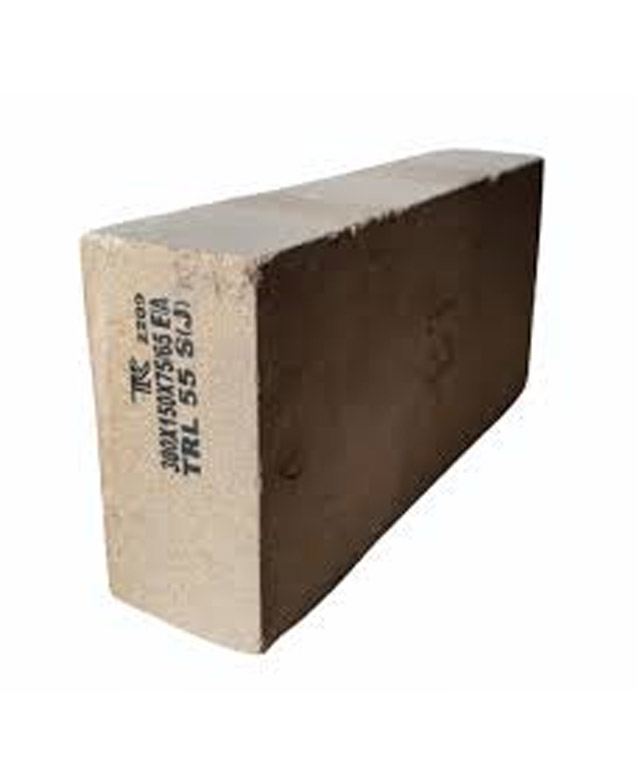
High Alumina Fireclay Bricks
High alumina bricks are a type of refractory material made primarily from alumina (Al₂O₃), known for their excellent heat resistance and durability in high-temperature environments. These bricks are widely used in industries like steel, cement, glass, and ceramics, where intense heat and harsh operating conditions are common.
Key Features of High Alumina Bricks:
1. High Alumina Content: The alumina content in these bricks typically ranges from 45% to 99%, with higher alumina content resulting in better thermal resistance and strength.2. High Refractoriness: With a melting point above 1750°C, they can withstand temperatures up to 1800°C and beyond, depending on the alumina content.
3. Resistance to Chemical Attack: They offer excellent resistance to slags, chemical corrosion, and reactions with molten metals, making them suitable for harsh environments.
4. Mechanical Strength: High alumina bricks exhibit great strength at both room temperature and high temperatures, which helps resist mechanical stress.
5. Thermal Stability: These bricks retain their shape and strength under cyclic heating and cooling, preventing cracks and structural failure.
Types of High Alumina Bricks:
1. Standard High Alumina Bricks: Typically contain 50-60% alumina and are commonly used in applications like steel ladles, cement kilns, and general-purpose furnaces.2. High-Purity High Alumina Bricks: With alumina content above 90%, these bricks are used in more demanding environments like glass melting tanks and high-temperature kilns.
3. Special Shapes and Sizes: High alumina bricks can be customized to fit specific shapes, allowing them to be used in intricate furnace linings and industrial setups.
Applications:
Steel Industry: Linings for blast furnaces, steel ladles, and electric arc furnaces.Cement Industry: : Kiln linings, particularly in the burning zone.
Glass Industry: Lining for glass furnaces and regenerators.
Non-Ferrous Metals: Used in the processing of metals like copper and aluminum, where high-temperature stability is critical.
Petrochemical Industry: : Ideal for use in reactors, gasifiers, and other high-temperature process equipment.